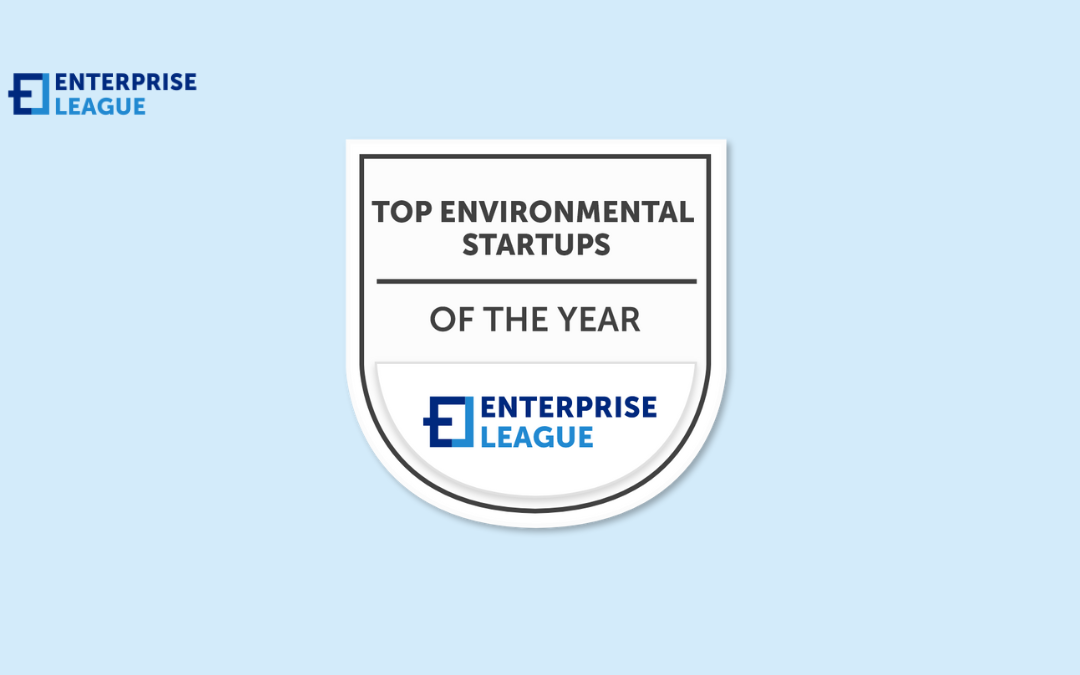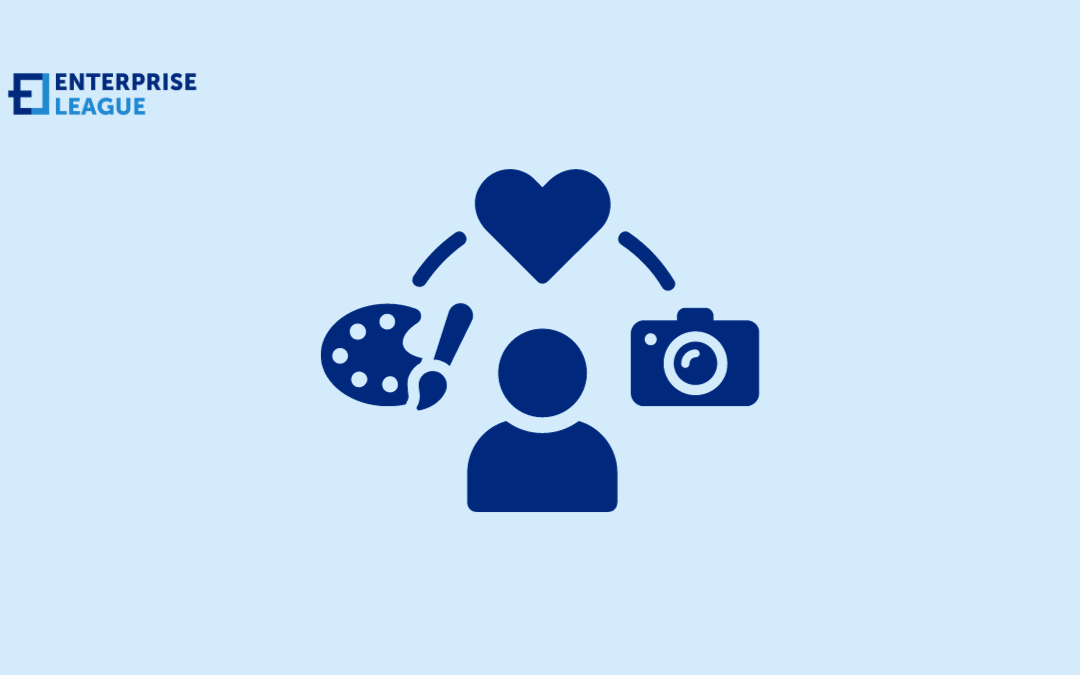Eliminating the requirement for intermediaries, direct lenders are changing housing market by offering effective practices that simplify mortgage acquisition.

Intelligent people tend to be messier, go to bed late, and curse a lot
Intelligent people tend to be messier, go to bed late, and curse a lot
February 23, 2024

What makes a genius, a genius? Everyone has an ideal image of what a genius would look like and what are the characteristics of successful people. That picture usually shows a focused person, a person whose creativity is beyond the average, has a photographic memory, is an eloquent communicator, never swears, is a neat person, and much more.
However, it’s safe to say that these are stereotypes more or less since most geniuses are actually messy. Surprisingly (or not), research shows that smart people stay up late and speak fluent Curse language.
Messy people are smarter
When you were a child your parents constantly nagged you to clean your room. Sometimes, when they threatened to ground you, you did clean it. However, almost all of the time you left it messy.
Well, scientists discovered that this was a sign that you probably have a higher IQ than the average Joe. We are not kidding. This claim is backed by the findings of scientists from the University of Minnesota. It turns out, to your mother’s disappointment, that a messy desk is a sign of a brilliant mind.
So if you don’t have a spruced-up desk or office, the next time your colleagues or employees ask you how you find your way around, just tell them that messy people are smarter.
Even if things seem scattered everywhere, you know where everything is located and find it in a jiffy. It’s just that messiness and intelligence go hand in hand. It looks like you subconsciously leave things unorganized, because, in a way, it sparks your creativity. Consequently, we all know how creativity is a common trait of genius people.
The study conducted by the University of Minnesota goes on to state that genius leaves their desk messy because they invest the time needed to clean and organize the more important stuff. For example, instead of spending an hour cleaning up the mess, they spend it on market research that will later prove crucial for their business.
People with higher IQ go to bed late
You may have heard that successful entrepreneurs and people, in general, go to bed early and wake up at 5 am, but that’s just fairytales for grownups. And there’s a study to debunk that.
As the sky goes dark, and all your obligations are done for the day, you lay on your bed, your body starts to ease up and your mind follows. Actually, that’s the moment when the most groundbreaking ideas come to you and also, that’s why sleep is one of the many things successful people sacrifice to achieve greatness. This is because during working hours your mind is too busy processing miscellaneous information. The last revenue report; an employee’s resignation letter; next quarter predictions – all of this weighs heavy on your brain…
If you’re a night owl, you’re in good company – Barack Obama, Elvis Presley, Winston Churchill, and Charles Darwin were all-night thinkers. And look where they got.
The more you curse, the smarter you are
Society and bon ton disapprove of cursing and using profanities. People who curse a lot are often thought to be on the lower scale of IQ. However, that is not the case. Smart people are not only messy but they also curse a lot.
There are two points regarding the usage of curse words with intelligence. The first one states that if you don’t know any curse words you are limiting your vocabulary. The second point is that when intelligent people use curse words, they let out negative energy and this helps them to get their focus back.
A supplier didn’t deliver on time? Don’t pretend you got your cool. Go one, spit out every juicy curse word you know. Vent out. Then go to an online marketplace and find a new supplier for God’s sake.
Conclusion
Smart people tend to be messy because they’re more impulsive. They love to improvise, but at the same time, they are very creative in their solutions. Another fact is that they just care less about some stuff, like keeping bed and bath in order, and they curse a lot because they have better vocabulary and they like to enrich their speech with colorful words.
That being said, the next time someone calls you uneducated, stupid, messy, or whatever – just show them this article and smile.
However, this doesn’t mean that you should give up on improving yourself from now on. By thinking positively and working towards being smarter, you will eventually be able to achieve your goals and change the way you see the world around you. Nobody likes a messy person, so make sure to clean up after yourself once in a while. And if you feel like cursing, do so, but remember that keeping a cool demeanor might be the best for you in some situations.
More must-read stories from Enterprise League:
- 17 tell-tale characteristics of a bad boss.
- Dealing with rude customers in 14 proven ways.
- A list of the 16 premier novels for entrepreneurs.
- 5 tips on how to wake up your business mind and skyrocket to success.
- Here are 19 benefits to owning a business.
Related Articles
How direct lenders simplify mortgage processes for homebuyers
PDFs and the debate between tradition and innovation
Curious about the future of PDF? Learn about its integration with new technologies and explore some practical PDF tips to leverage all the power of this format!
The 10 Ds of entrepreneurship: Why are they important?
Are you familiar with the 10 Ds of entrepreneurship? Let’s see if you possess some or all of them that will launch you for success.
How direct lenders simplify mortgage processes for homebuyers
Eliminating the requirement for intermediaries, direct lenders are changing housing market by offering effective practices that simplify mortgage acquisition.
PDFs and the debate between tradition and innovation
Curious about the future of PDF? Learn about its integration with new technologies and explore some practical PDF tips to leverage all the power of this format!













